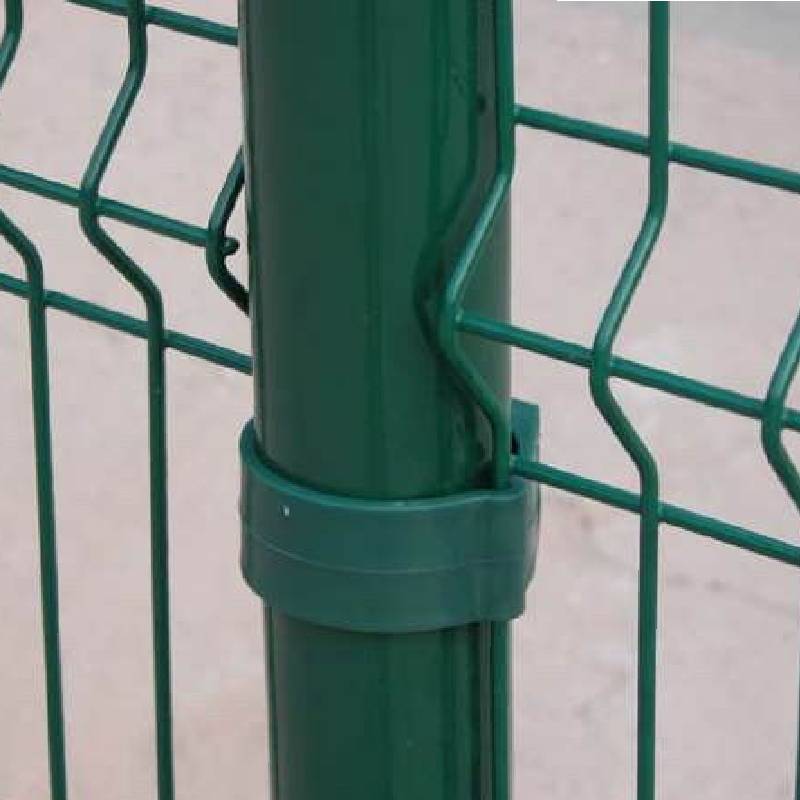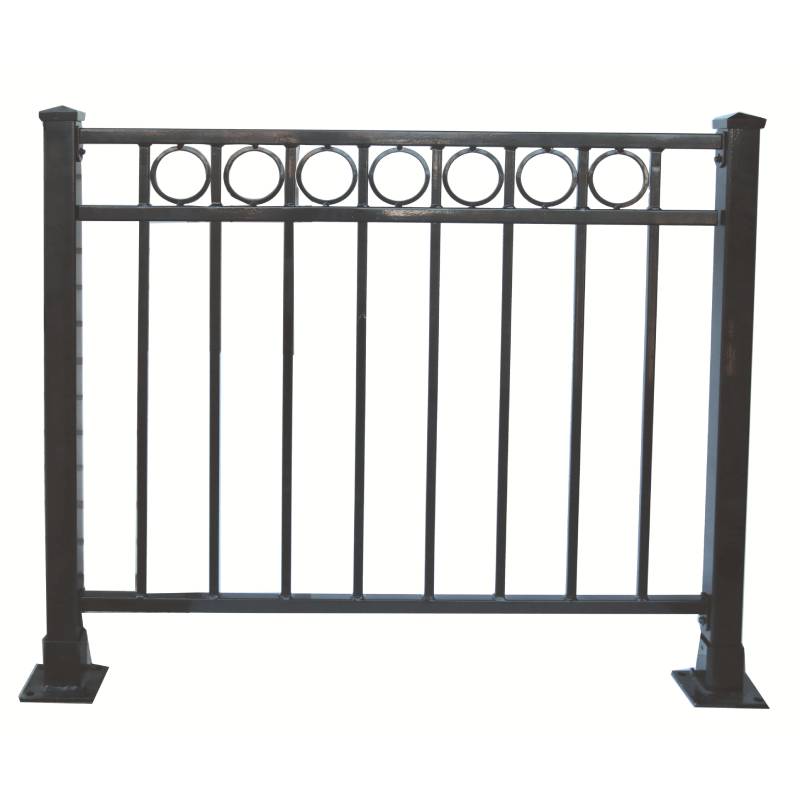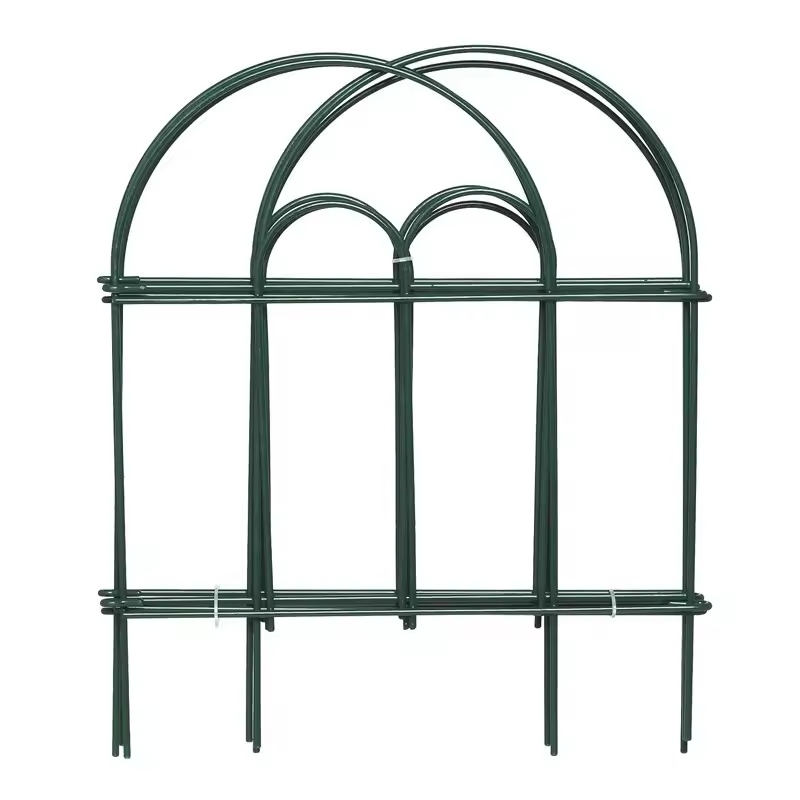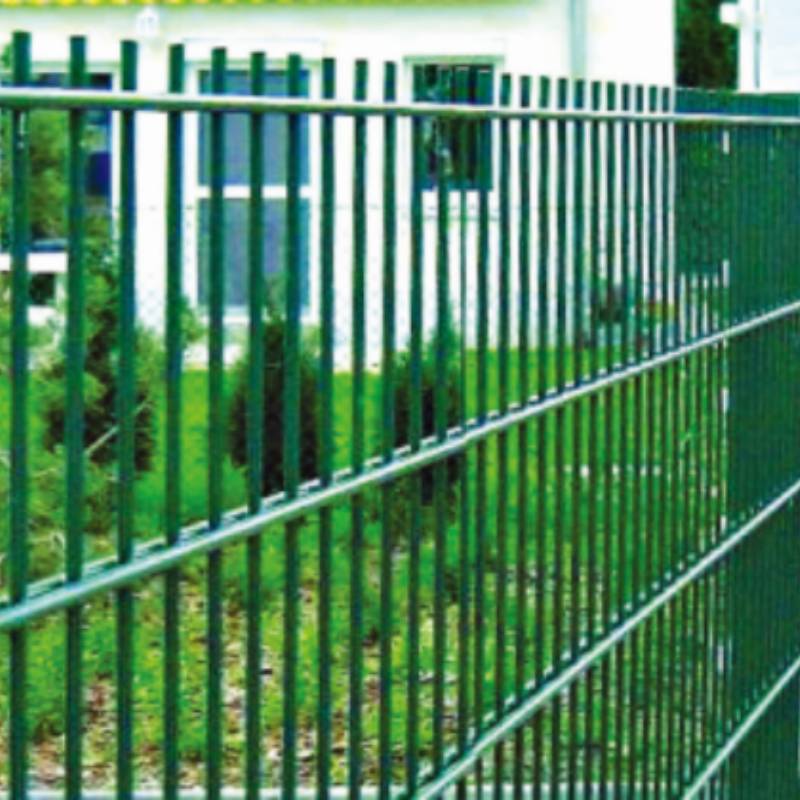-
Емаил:zhao@hyliec.cn
-
Тел:+86 311 85273988
-
ВхатсАПП:8613931128750
-
 афрички
афрички -
 Албанац
Албанац -
 амхарски
амхарски -
 арапски
арапски -
 Јерменски
Јерменски -
 азербејџански
азербејџански -
 баскијски
баскијски -
 белоруски
белоруски -
 бенгалски
бенгалски -
 босански
босански -
 бугарски
бугарски -
 каталонски
каталонски -
 Цебуано
Цебуано -
 корзикански
корзикански -
 хрватски
хрватски -
 чешки
чешки -
 дански
дански -
 холандски
холандски -
 енглески језик
енглески језик -
 есперанто
есперанто -
 естонски
естонски -
 фински
фински -
 Француски
Француски -
 фризијски
фризијски -
 галицијски
галицијски -
 грузијски
грузијски -
 Немачки
Немачки -
 грчки
грчки -
 гуџарати
гуџарати -
 Хаићански креол
Хаићански креол -
 хауса
хауса -
 хавајски
хавајски -
 хебрејски
хебрејски -
 Јок
Јок -
 Миао
Миао -
 мађарски
мађарски -
 исландски
исландски -
 игбо
игбо -
 индонезијски
индонезијски -
 ирски
ирски -
 Италијан
Италијан -
 јапански
јапански -
 Јаванесе
Јаванесе -
 канада
канада -
 казакх
казакх -
 кмерски
кмерски -
 Руандски
Руандски -
 корејски
корејски -
 курдски
курдски -
 киргиски
киргиски -
 ТБ
ТБ -
 латиница
латиница -
 летонски
летонски -
 литвански
литвански -
 луксембуршки
луксембуршки -
 македонски
македонски -
 Малгасхи
Малгасхи -
 малајски
малајски -
 малајалам
малајалам -
 малтешки
малтешки -
 Маори
Маори -
 Маратхи
Маратхи -
 монголски
монголски -
 Мјанмар
Мјанмар -
 непалски
непалски -
 норвешки
норвешки -
 норвешки
норвешки -
 Оццитан
Оццитан -
 пашто
пашто -
 персијски
персијски -
 Пољски
Пољски -
 португалски
португалски -
 панџапски
панџапски -
 румунски
румунски -
 Руски
Руски -
 Самоан
Самоан -
 шкотски галски
шкотски галски -
 Српски
Српски -
 енглески језик
енглески језик -
 Шона
Шона -
 Синдхи
Синдхи -
 Синхала
Синхала -
 словачки
словачки -
 словеначки
словеначки -
 сомалијски
сомалијски -
 Шпански
Шпански -
 сундански
сундански -
 свахили
свахили -
 Шведски
Шведски -
 Тагалог
Тагалог -
 Тајик
Тајик -
 тамилски
тамилски -
 татарски
татарски -
 телугу
телугу -
 тајландски
тајландски -
 турски
турски -
 Туркмен
Туркмен -
 украјински
украјински -
 Урду
Урду -
 ујгурски
ујгурски -
 Узбек
Узбек -
 вијетнамски
вијетнамски -
 велшки
велшки -
 Помоћ
Помоћ -
 јидиш
јидиш -
 Иоруба
Иоруба -
 Зулу
Зулу
Панел Фенце
Wholesale Metal Fence Panels ?
Wholesale metal fence panels are a popular choice for those looking for durable and secure fencing solutions. These panels are often made steel materials providing a
strong and long-lasting option for garden fencing. They are available in various designs and sizes, making them suitable for a wide range of applications. Wholesale options offer cost-effective solutions for purchasing metal fence panels in bulk, making them ideal for contractors, landscapers, and property developers looking to install fencing on a larger scale.
Is It Cheaper To Buy Fence Panels Or Build Them?
The cost of buying fence panels versus building them can vary depending on several factors. In general, buying pre-made fence panels can be cheaper and more time-efficient than building them from scratch. Pre-made panels are mass-produced, which often makes them more cost-effective due to economies of scale. Additionally, purchasing fence panels can save on labor costs, as they are typically easier and quicker to install compared to building a fence from individual components. However, building a fence from raw materials allows for more customization and control over the design, which may be a priority for some individuals. It's important to consider the specific requirements, budget, and time constraints when deciding whether to buy or build fence panels.
How To Install A Panel Fence?
To install a panel fence involves several steps:
1. Measure and plan: Determine the length of the fence and calculate the number of panels needed. Plan the layout and ensure the fence posts are installed at the appropriate intervals to accommodate the panels.
2. Install the posts: Dig holes for the fence posts, ensuring they are deep enough to provide stability. Set the posts in concrete and allow them to cure before attaching the panels.
3. Attach the panels: Once the posts are set, attach the panels to the posts using appropriate fasteners such as screws or nails. Ensure the panels are level and properly aligned.
4. Add finishing touches: Depending on the type of panels used, additional finishing touches such as capping, trim, or paint may be required to enhance the appearance and durability of the fence.
5. Maintenance: Regular maintenance, such as cleaning and sealing, may be necessary to ensure the longevity of the fence panels.
It's important to follow the manufacturer's instructions and local building codes when paneling a fence to ensure proper installation and compliance with regulations. If in doubt, it's advisable to consult with a professional or seek guidance from experienced individuals.








